Video games have become a popular source of entertainment in the past decade and are a significant source of revenue for the makers. The presentation of digital content has evolved in the recent past to cover basic and advanced concepts of human life such as sports, culture, adventure, war and crime, and martial arts. Video games are mathematical expressions that depict human behavior and the form in which humans interact with agents for entertainment purposes (Wilson & McGill, 2018). The incorporated different factions of human life bring with them the pros and cons witnessed in real life. While video games play a significant role in entertainment, they also present a great challenge to the current generation in terms of parenting. Violence and challenging content are common in modern games, which offers a great challenge to some consumers. As a result, content creators have adopted a rating scheme that recommends a particular type of content to a specific target audience. Usually, those who do not fit in the prescribed category are highly advised not to consume the content. Video games significantly contribute to the aggression of social violence and should be re-evaluated to limit the exposure of violent content to young gamers. The present study will test the following hypothesis: In a content analysis of internet-based videogame walkthroughs, E10+ rated games will show higher violence presence in comparison to E rated ones.
The Entertaining Software Rating Board is tasked with recommending digital content to the most suitable audience depending on the violence manifested in the content. According to Ruberg (2019), Early Childhood (EC)-rated content is considered safe for children as old as three years. The category is believed not to contain anything that is against the parenting rules and principles. E-rated content is recommended for everyone and is believed to be suitable for all ages. Other ratings such as mature (M-rated) and adults-only (AO-rated) software are considered ideal for all persons aged above 17 years. Such content may be aggressive, hostile, or present immoral behaviors that can not be recommended for children. Some of the digital entertainment consumed by the general public may not have received the appropriate rating from ESRB, and it may not be considered safe for children (Wilson and McGill, 2018); hence parents should have significant control over their children in such context (Alomari et al., 2019) since the entertainment industry has a significant influence on their day to day life.
E-Rated video games are considered presumable safe for everyone to play, and on most occasions, content consumers may ignore the violence that might have been overlooked by the rating board (Calvert et al., 2019). In such cases, children may be exposed to unintended violence, which might have negative implications on their lives. Sporting activities, especially on the PlayStation, are E-rated and have been a significant course of entertainment in the past decade (Yao et al., 2019). The content presented in the games is literately close to real-life sporting activities (Alomari et al., 2019) and helps nature sporting talents while entertaining the participants (Dowsett & Jackson, 2019). Video games have evolved significantly since the release of “The Brown Bear” in 1972 (Wilson & McGill, 2018) and have grown to include games in mobile handsets (Yao et al., 2019). The content, theme, role, and impact of video games have also evolved, calling for regulatory measures to control the consumption of the content (Wilson & McGill, 2018). The rating scheme is widely adopted in almost all types of video content, including movies, documentaries, tutorials, video games, and other digital content (Yao et al., 2019), and sets the minimum required qualifications for one to view the consent. The rating scheme provides disclaimer notes which leave the content consumers on their own should they be affected by the range (Wilson & McGill, 2018). On other occasions, the rating schemes provide the content consumer with warnings such as “Do not try this at home” but do not explain what should be done if things go wrong (Dowsett & Jackson, 2019), leaving many unanswered questions.
Video games are a significant source of highly harmful content such as tobacco, alcohol, violence, sexuality, and immorally but still remain quantified (Makarov et al. l., 2017). The adoption of video rating was meant to ensure such content is not exposed to children and is believed to be effective (Dowsett & Jackson, 2019). Studies, however, have established the presence of violent content in most video games which eventually affects the behavior, reasoning, and conduct of the content consumers. E-rated video games are recommended for everyone. Parts of the content presented in such videos may be tolerable to adults but present a grave danger to children. The ratings accredited to video games are commissioned by individuals who might differ in opinions or be inclined towards a particular side (Margaris & Vassilakis, 2017), challenging the credibility of the awarded rating (Arman et al., 2019). in such as case, the general population stands to suffer despite entrusting the board with the task.
Video rating is predominantly based on the manufacturer’s deceptions. The ratings are achieved based on a group’s ability to withstand the adverse effects of the presented content. E-rated video games are similar to G-rated movies but do not include the absence of violence. Studies have identified video games as the primary source of entertainment for most children (Ghattas & Reyes, 2019), with over 70% of them accessing video consoles from home. In a study carried out by Dowsett and Jackson (2019), more than 30% of the children accessed gaming consoles from their bedrooms. Studies have shown a relationship between traits acquired in virtual realities motivating youngsters to venture into them. For instance, movie and football stars have inspired young admirers worldwide to work hard and achieve similar goals. The same is achievable in video games, although studies have not established any links between the two so far. E-rated video games assume the violence exhibited in the videos is entirely non-realistic and may not be harmful to children (Margaris & Vassilakis, 2017). Minecraft, a popular video game, is rated E10+, which means it is recommendable to children as young as ten years (Arman et al., 2019). However, the effect of the violence portrayed in video games has not been substantiated (Arman et al., 2019).
The effects of violence portrayed in video games have far-reaching consequences on the behavior of children, youth, and adults alike. If not checked, video games could substantially induce cultural decay by promoting what is promoted in the games. Violence is exhibited in numerous ways, including the use of weapons, and arrogance. Experts are consonantly worried and seeking to establish the link between violence in video games and aggression in society and rising instances of crime, mass shootings, and general lawlessness (Dowsett & Jackson, 2019; Arman et al., 2019). Although studies have not established any links between violence in video games and real-life violence, there are theories that have demonstrated a link between such media exposure and aggressive behavior. Some of these include biological, environmental, cognitive, and interactionist approaches (Arman et al., 2019). Aggressive video games are accessible via game consoles all over the world. However, the influence of the violence portrayed in video games varies from country to country, and researchers are yet to establish the reasons behind the disparity (Dowsett & Jackson, 2019).
There has been debate on whether to censor creativity and innovation at the expense of ethics, giving room for the proliferation of violent content, scenes and themes in video games (Yao et al., 2019; Ruberg, 2019). Legal rulings have nullified laws that banned the sale of violent video games to children, making it difficult for policymakers to control the distribution and sale of violent video games in society (Arman et al., 2019). Although all communities are entitled to freedom of expression, the impacts of video games on societal ethics should be considered necessary (Dowsett & Jackson, 2019).
Methods
The evaluation of video games is predominantly built on four main aspects: music and sound, gameplay, technical content, and the overall screenplay. The relationship between the plot and characters plays an essential role in defining the kind and nature of games and the overall user experience. The technicality of a game dictates its intended audience, and usually, more technical games target adult gamers. Simple, user-friendly, and lightweight games target young players. The technicality of the game is concerned with the ability of the video game to cause the intended emotional effect on the players. It is not, however, concerned about the visual impressions portrayed by the videos. Gameplay defines the level of interaction between the players and the game. It is concerned with the interaction between characters as well as the players and the screenplay. The background sound and music incorporated in video games tell a lot about the levels of violence. The choice of music influences the player’s experience and willingness to apply the concepts of the game in real life. If the genre encourages violence of thug life, the players might involve themselves in such activities later in life.
The analysis of content in video games might be an uphill task for some analysts due to the complexity of the algorithms and player competence needed to play the games. The evolution of the video gaming industry has seen the participation of several players in the industry, with a few taking the lion’s share. The popularity of video games has a direct impact on its overall influence on society. The study identified 20 video games rated for children and narrowed it down to only 3 E-rated choices. Also, 20 more videos rated for adults were placed, and the study narrowed down to only three that were E10+ rated. The video games were selected from the most popular gaming consoles, namely Xbox and PlayStation. The games chosen for PlayStation include Minecraft, Lego Marvel Super Heroes 2, and Skylanders Imaginators. The selection criteria included both famous and lesser-known video games to limit any possible chances of bias. The adult video games included in the study include Need for Speed, Police Chase, and Ninja Fujitsu.
The presence of violent content in the games was primarily dependent on the video description encoded by the manufacturers. In some instances, the research utilized the expertise of the game developers to analyze the encoded descriptors, which helped ease the overall analysis process. The core developers of the games contributed to gaining a deeper understanding of the first target audience and why the game was developed. It also helped establish the developers’ view of the effect of content consumed by their customers.
The analysis criteria for violence focused on size, number, and type of weapons, adherence to traffic rules, conduct on virtual roads, adherence to orders, and many more. The rules depicted in the games reflect our daily lives, and experts believe they could adversely affect the players’ convectional decision-making process in real life, affecting the regular order in society. Due to the lack of evidence linking social violence with violence in video games, the study focused on establishing the link between children and adults. In cases where the games could not be played on the gaming consoles such as Xbox or PlayStation, desktop versions and mobile versions of the games were evaluated. The alternatives were adopted due to the availability of the different games for Windows PC, Mac, IOS, and Android devices besides the conventional gaming console.
Participants
The study embraced one participant, the researcher. I watched the video games and recorded all instances of violence demonstrated in it. The video evaluation process was achieved through direct evaluation of scenes, characters, plot, and setting.
Materials
The research used three types of devices to access, play and evaluate the presence of violence in video games. Firstly, gaming consoles were used in the observation and direct playing scenarios. The video games were assessed based on 5-point criteria, and the result was recorded in a table presented in the works. The other main resources used in the research were an internet-enabled computer and a stable internet connection. The computer was used to download the selected videos, read gaming manuals and descriptors, and download the game upgrades required. I also analyzed traces of violence in the projectile of armory, vehicles or any other object propelled in the games by characters, use of substances such as alcohol and drugs, adherence to conventional rules and regulations, and the sanity of the entire game within the allocated time.
Procedure
The analysis of violence in the listed video games was approached in one main approach. I watched the video at least three times spanning three minutes each while taking two breaks of three minutes. Therefore, I spent 15 (nine for watching and six for breaks) minutes on each video game. The coding idea was used by Thompson (2001), and it included the seconds watched, content descriptors, violence seconds, number of deaths, the average number of deaths per minute, and the weapons involved. The violent content was then recorded in table 2 for analysis.
Results
The different videos watched contained traces of violence on other scenes as portrayed by various characters. I encoded violence by analyzing the physical and projectile setting of the respective games. The physical setting showed acts of manslaughter, reckless and mass shooing, which have been condemned in real-life scenarios. I also evaluated the abilities of different characters to embrace violence as well as the general background and game posting. The summary of instances of violence is presented in the table at the end of the paper. Police Chase, one of the popular games on the gaming consoles, recorded the lowest level of violence as compared to all other five games. Only two games, Minecraft and Ninja Fujitsu scored more than 20, an indicator that the videos might adversely affect young and adult gamers alike. I encoded the Police Chase game by examining the conduct of police officers and police cars on the roads and compared them with what is expected of them in real-life situations. The high levels of violence detection should be reconsidered as the games should have an adverse effect on the social balance and aggression of crime, violence and instability, lawlessness, and disorder which could have otherwise been prevented.
Discussions
While the Software Entertainment Rating Board has been keen on evaluating and rating video games based on their content, there still exists a big job to be done in eliminating violence from the games entirely. The analyzed videos contained several incidents of violence in a physical setting, projectile, character abilities, posting, and video sets. Since video games present a mathematical encoding of real-life behaviors, transcription of violence in such games could be traced back to real-life actions. The exhibitions of violence have cast fear in different aspects of life. The fact that video games can record such high numbers of violent incidences is a ticking time bomb. Although studies have not established a link between violence in video games and aggression in social violence, experts still believe there is a link between, and hence, video games should be rated appropriately. The videos analyzed proved that game rating was not an effective way of preventing young gamers from exposure to violent content. As a result, parents should take the responsibility of censoring the content consumed by their children via gaming consoles. Popular and widely accepted video games could be a cheap way of exposing young gamers to violent content, which might eventually influence their behavior and general conduct. For instance, gamers who enjoy shooting in enemies in video games could end up shooting at the general public aimlessly if licensed to own a gun. Although the acquisition of firearms in real life entails a rigorous evaluation, the evaluation system misses the mark at times.
References
Alomari, K. M., AlHamad, A. Q., Salloum, S., & Salloum, S. A. (2019). Prediction of the digital game rating systems based on the ESRB. Opción, 35(19), 1368-1393.
Arman, N., Tarakci, E., Tarakci, D., & Kasapcopur, O. (2019). Effects of video games–based task-oriented activity training (Xbox 360 Kinect) on activity performance and participation in patients with juvenile idiopathic arthritis: a randomized clinical trial. American Journal of Physical Medicine & Rehabilitation, 98(3), 174-181.
Calvert, S. L., Appelbaum, M., Dodge, K. A., Graham, S., Nagayama Hall, G. C., Hamby, S., & Hedges, L. V. (2017). The American Psychological Association Task Force assessment of violent video games: Science in the service of public interest. American Psychologist, 72(2), 126.
Dowsett, A., & Jackson, M. (2019). The effect of violence and competition within video games on aggression. Computers in Human Behavior, 99, 22-27.
Ghattas, F., & Reyes, L. (2019). Positive and negative themes in popular video games based on entertainment Software Review Board Ratings. Global pediatric health, 6.
Makarov, I., Savostyanov, D., Litvyakov, B., & Ignatov, D. I. (2017). Predicting winning team and probabilistic ratings in Dota 2 and Counter-Strike: Global Offensive video games. In International Conference on Analysis of Images, Social Networks, and Texts, 183-196. Springer, Cham.
Margaris, D., & Vassilakis, C. (2017). Improving Collaborative Filtering’s Rating Prediction Quality by Considering Shifts in Rating Practices. In 2017 IEEE 19th Conference on Business Informatics (CBI), 1, 158-166). IEEE.
Ruberg, B. (2019). Video games have always been queer. NYU Press.
Wilson, G., & McGill, M. (2018). Violent video games in virtual reality: Re-evaluating the impact and rating of interactive experiences. In Proceedings of the 2018 Annual Symposium on Computer-Human Interaction in Play, 535-548.
Yao, M., Zhou, Y., Li, J., & Gao, X. (2019). Violent video games exposure and aggression: The role of moral disengagement, anger, hostility, and disinhibition. Aggressive behavior, 45(6), 662-670.
Images
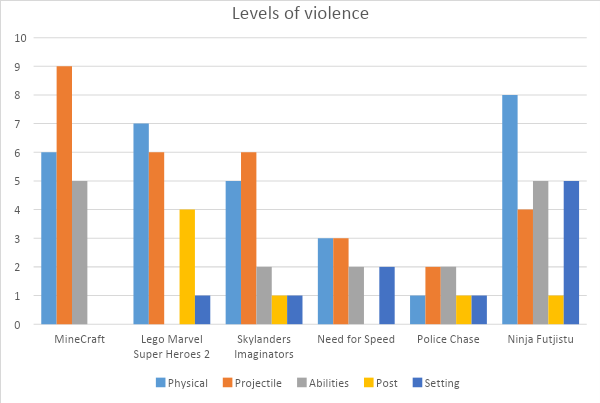
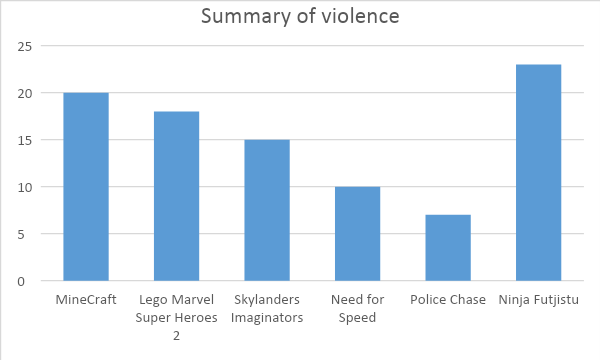

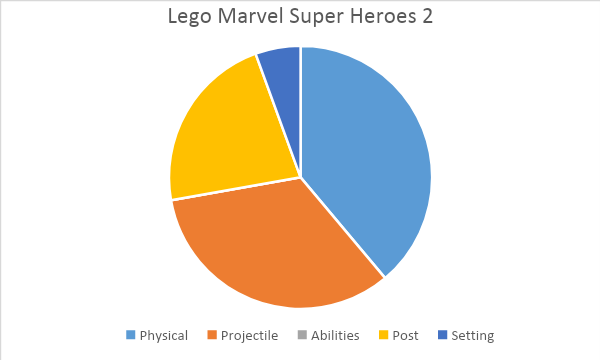
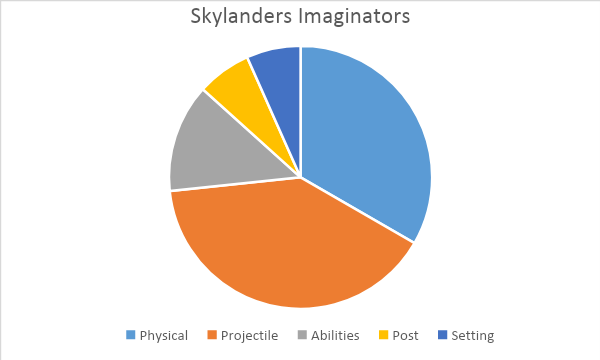
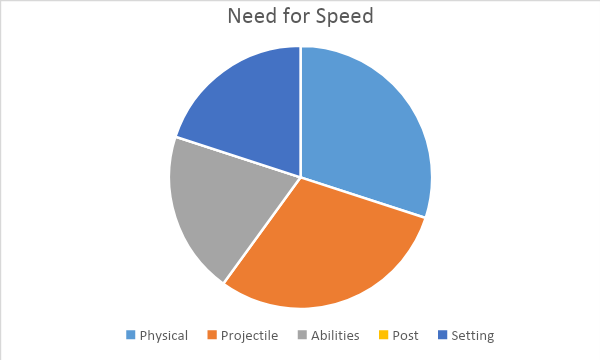

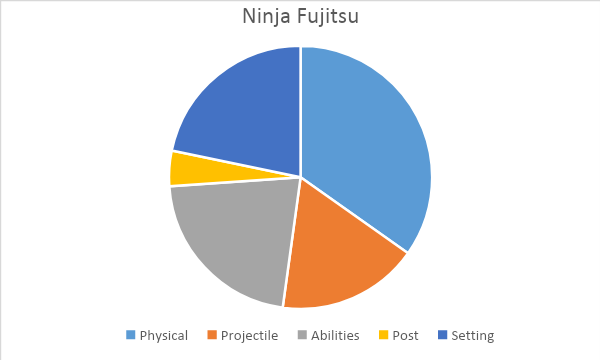
Table 1 Analysis of violence in video games